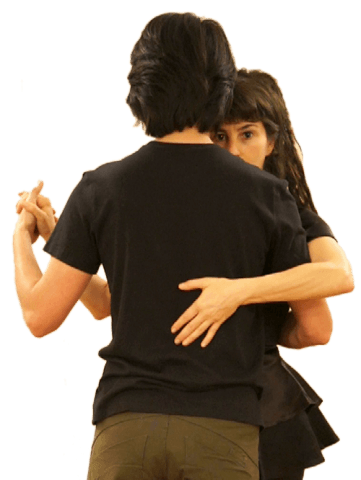People talk A LOT about different styles of Argentine Tango.
They talk about what looks good, what’s “authentic“, which moves shouldn’t be done while dancing socially…
I’ve written before that I think style is something you create on an individual level, from your choice in shoes to the sassy way you tilt your head when you like the song that’s playing. I don’t think it makes much sense to talk about styles of tango. I’ve written about that extensively in an attempt to debunk stereotypes about Nuevo Tango here and here and here.
But everything worth thinking about seems to be worth thinking about from another angle.
Even if the so-called styles are indistinguishable when the Maestros perform, and inseparable in terms of which moves are used, and totally concordant as to technique, there does seem to be a difference in what it’s like to follow a leader who aspires to one or another.
Leaders who aspire to dance Tango Salon attempt to look perfect all the time. While they don’t want to discomfort their follower, they more importantly don’t want her to discomfort them. To me it feels they don’t dance with me.
Leaders who believe in “making the lady look good” and “protecting her”, another “traditional” style of tango, will probably bore her to tears because they won’t take any risks. Just for good measure, they will also keep a firm grip on her spine so she has no independence of movement.
Leaders who like what observers may describe as Nuevo Tango will probably demand a lot of their follower, spend less time controlling her, and give her opportunities to make things work (or not). They assume she’s a modern girl who wants to work and participate and influence her own destiny.
Leaders who want to make their partner feel tenderly adored and confident in her own movements are sometimes called “milonguero” style because their embrace is so sweet. But I’ve experienced this with dancers who use moves that others call “nuevo” (notably with my friend Sebastián Arrúa, who never would use that word about himself). He pays attention to how things look, but he’s much more interested in how things feel, and that’s the emphasis of his teaching. He demands a lot of followers because he wants to feel good too, and wants them to use their strength to “create power” with him.
I guess it’s all about what you aspire to. That’s style.














